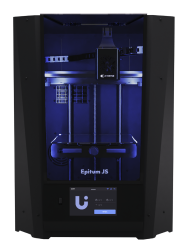
With the growing popularity of 3D printing, more and more articles are appearing online about “What can you print on a 3D printer?” Most of these articles focus primarily on inexpensive open-frame 3D printers, with authors suggesting printing toys, phone cases, and various decorative items for the home. These fun things to 3D print are perfect for learning the basics of 3D printing. However, it can be harder to find something more exciting for those who have already gained some experience.
Indeed, why write about what can be printed on more professional equipment when large companies purchase it for hundreds of thousands of dollars for specific tasks?
At Epitum, we believe it is time to adopt a more serious approach. All Epitum 3D printers are ready to work with engineering materials straight out of the box. They feature a closed chamber with active heating and an all-metal dual extruder, allowing you to 3D print something more interesting than PLA vases.
So, let's explore cool things to 3D print on your professional 3D printer:
Automotive Parts
3D printing has become firmly established in the automotive industry. It is actively used in prototyping and design, enabling faster innovation in production and quick testing of necessary components.
3D printers are also extremely useful for car enthusiasts and hobbyists. Unique functional parts for tuning, such as pipes and air filters, can be printed on 3D printers. They also print body kits and molds for laying carbon fiber to achieve a unique look for the car.
Additionally, they aid in restoring vintage cars by allowing the reproduction of hard-to-find parts. Every car enthusiast can find the best things to 3D print to enhance their vehicle's functionality or aesthetics. This technology opens new horizons for owners of old cars, providing the opportunity to print parts for vehicles manufactured even in the early 20th century, thereby extending their life on the road.
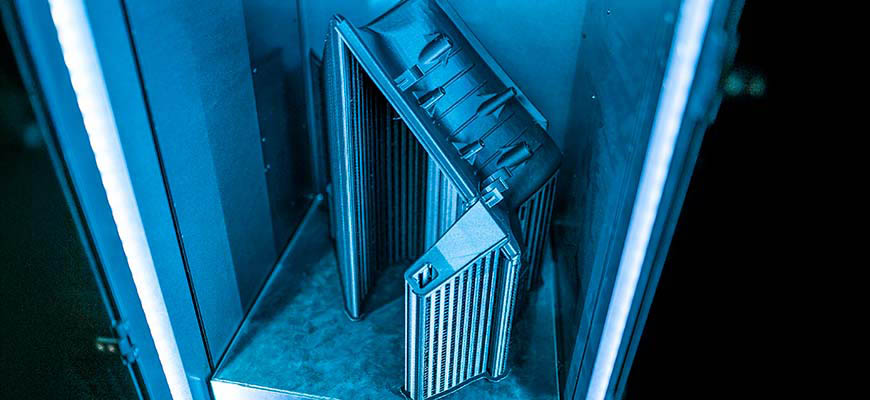
Surgical Planning Models
The technology of 3D printing is actively applied not only in the automotive industry but also in medicine. It has become an indispensable tool for increasing the accuracy and efficiency of various medical procedures. One of the most common applications is creating models for preoperative planning using FFF/FDM 3D printers.
3D printers enable doctors and surgeons to create highly accurate anatomical models based on data obtained from CT or MRI scans. These models replicate the patient’s body features, which is critical in complex and non-standard surgeries. With such a precise 3D model, the surgeon can study the patient's anatomy in advance, meticulously plan their actions, and prepare for the operation.
Preoperative planning using 3D models saves valuable time and minimizes risks, reducing the likelihood of potential complications and making surgeries more predictable.
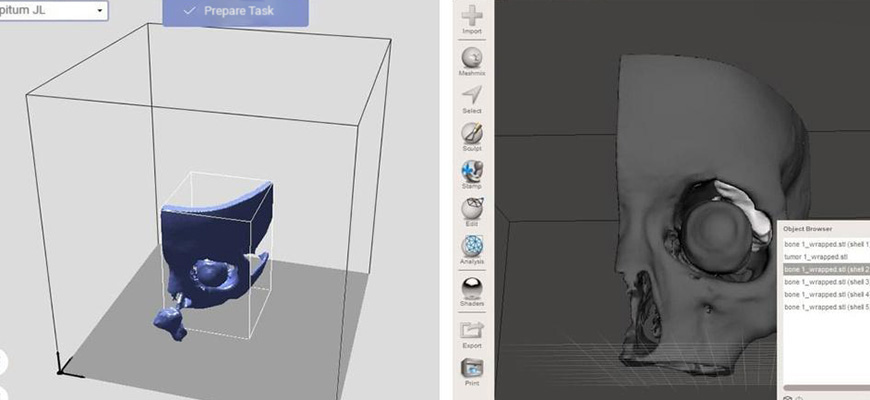
Large-Scale Models
Architects and industrial designers actively use 3D printers to create large-scale and detailed prototypes, which can become a key element in the process of presenting a project to a client. These amazing things to 3D print not only impress clients but also accelerate project development and decision-making.
Modern 3D printers can print models of any complexity. These models allow clients to visually see and understand all the nuances of the designed object and assess proportions and practicality, whether it be a building, interior, or industrial product.
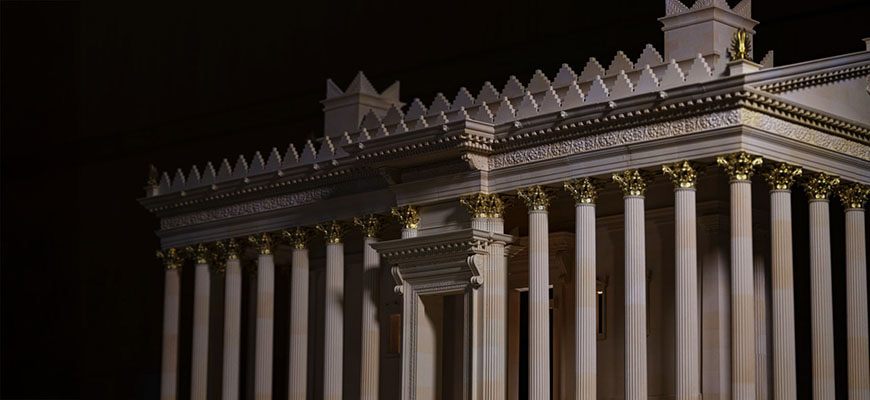
Tooling
3D printing is widely used to create fixtures, fasteners, and custom tools. This helps to reduce production time and costs, especially in small-scale manufacturing.
Serial Production
The essence of 3D printing lies in the ability to create custom and unique products, but what if you need to produce 100 or even 1,000 items that aren’t available on the mass market? In this case, 3D printing remains the most cost-effective solution.
3D printing allows production to be easily scaled without the need for expensive molds, which is especially important for small-scale manufacturing.
This significantly reduces the cost and time to market for new products, especially for complex or specific items. Moreover, 3D printing allows for maintaining flexibility in the production process, meaning you can quickly make changes to the design of products without significant additional costs, and it also eliminates the need for overproduction, as you can produce exactly as many items as you need.

Gears
Gears break all the time and are almost never available separately, making repairs ten times more expensive than they could be. Therefore, 3D printing gears is a simple and familiar task.
Professional 3D printers that can withstand high temperatures can print gears from engineering materials like polyamide (nylon). Such gears have self-lubricating properties and are very durable.
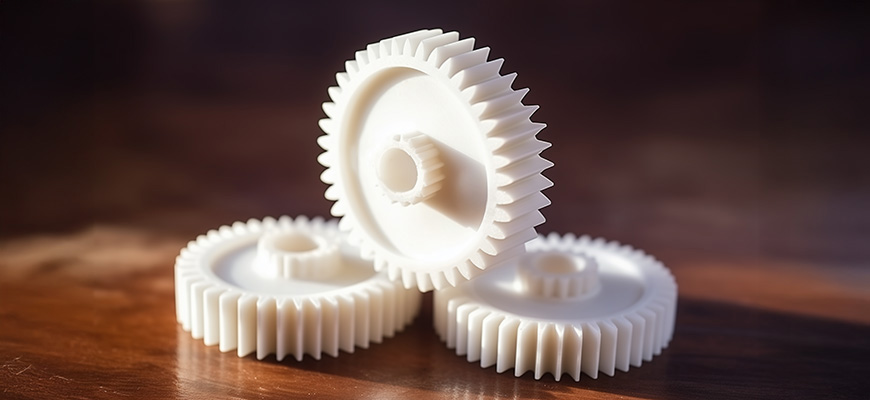
Orthotics and Prosthetics
3D printing offers unique opportunities in the field of prosthetics. With advanced 3D printers, you can create custom orthotics and prosthetics that precisely meet each patient's unique needs and fully correspond to their anatomical features.
This individualized approach ensures the perfect fit and functionality of the prosthesis, significantly improving comfort and efficiency in use.
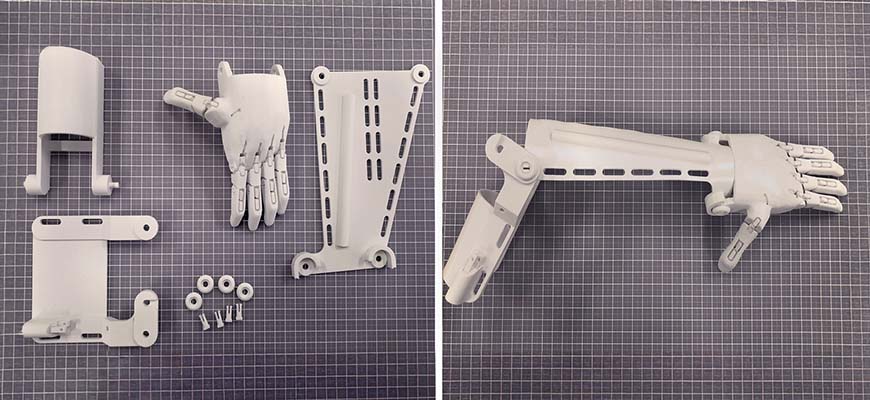
Custom Enclosures
Many electronic devices require unique enclosures that are difficult to manufacture using traditional methods. 3D printing makes it possible to create an enclosure for any project, in any shape, and with any external features.
With 3D printing, developers can quickly create prototype enclosures, test them, and make necessary changes without significant additional costs. This significantly speeds up the development process and allows for quick responses to customer requests.
In addition, the ability to create customized enclosures makes 3D printing an indispensable tool for low-volume production, where each detail can be adapted to meet the unique needs of the client. In this way, 3D printing opens new horizons in electronics manufacturing, making the creation of individual solutions cheaper and faster.
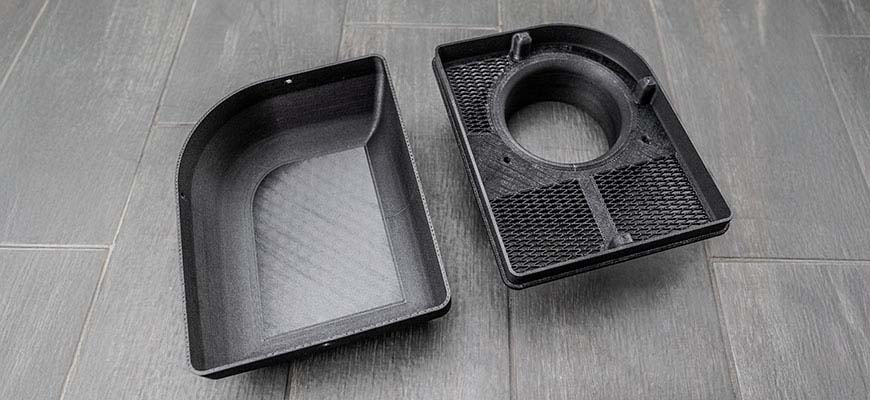
Robotics
Designing and printing complex components for robots, such as gears, sensor housings, and mechanical joints, is another area where 3D printers demonstrate their advantages. Such components often require high precision and adaptability, making 3D printing the ideal choice for their production.
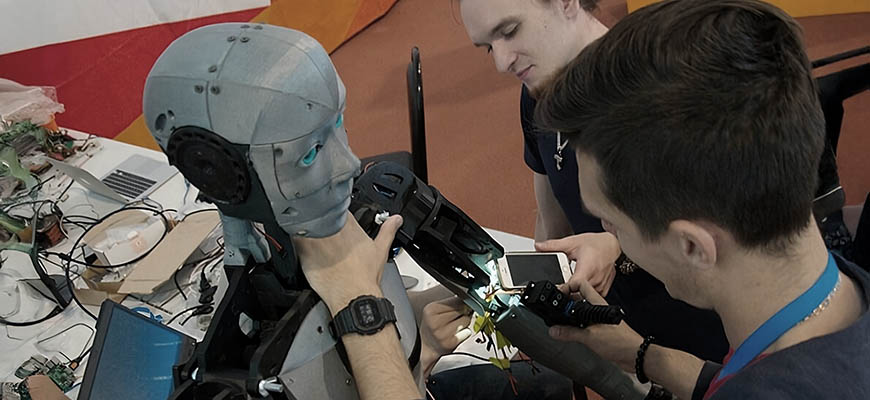
Educational Kits
In education, 3D printers are used to create teaching aids and models that help students and pupils better understand various scientific concepts. These include simple things to 3D print for beginners, like basic mechanical parts or atomic structures. Such kits are also some of the good things to 3D print, especially for beginners looking to understand the technology.
Equally important is working with a 3D printer itself, as the skill of working with additive technologies is something that no modern engineer can do without.
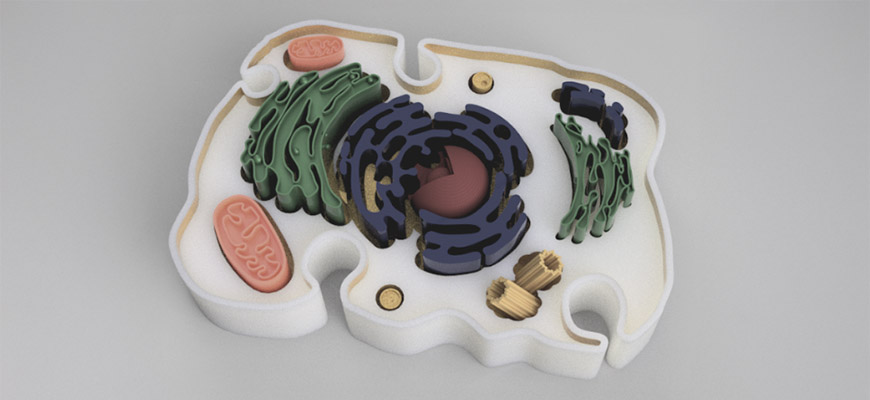
Where can I go to 3D print something?
Fab Labs: Open workshops equipped with 3D printers and other tools.
Student Libraries and Universities: Many educational institutions and libraries offer 3D printing services or provide open access to 3D printers for their students.
3D Printing Services: There are many 3D printing services available, specializing in various types of projects. Reputable studios with around 10 years of experience can be a great option for bringing your project to life.
3D Printer Stores or Manufacturers: Some manufacturers may offer printers for rent or allow you to print demo units.
Advantages of Using Engineering 3D Printers
Modern 3D printers have opened up the possibility of printing complex functional parts for any application as easily as desktop 3D printers made it possible to print toys and trinkets from PLA a decade ago.
Epitum’s 3D printers offer a wide range of possibilities for engineers, designers, doctors, and other specialists. They are specifically designed to significantly reduce the time for developing and manufacturing complex products, as well as reduce production costs. Thanks to the profile database, support, intuitive interface, and simple slicer, professionals don’t need to spend a lot of time preparing for work. Professionals can focus on their tasks and bring their ideas to life without having to learn the intricacies of 3D printing technologies.
The availability of professional materials also fully unleashes the potential of 3D printing. With composite plastics, such as ABS CF/GF, users no longer have to worry about whether the mechanical properties of the material will be sufficient to support their design, allowing them to bring their bold ideas to life.





